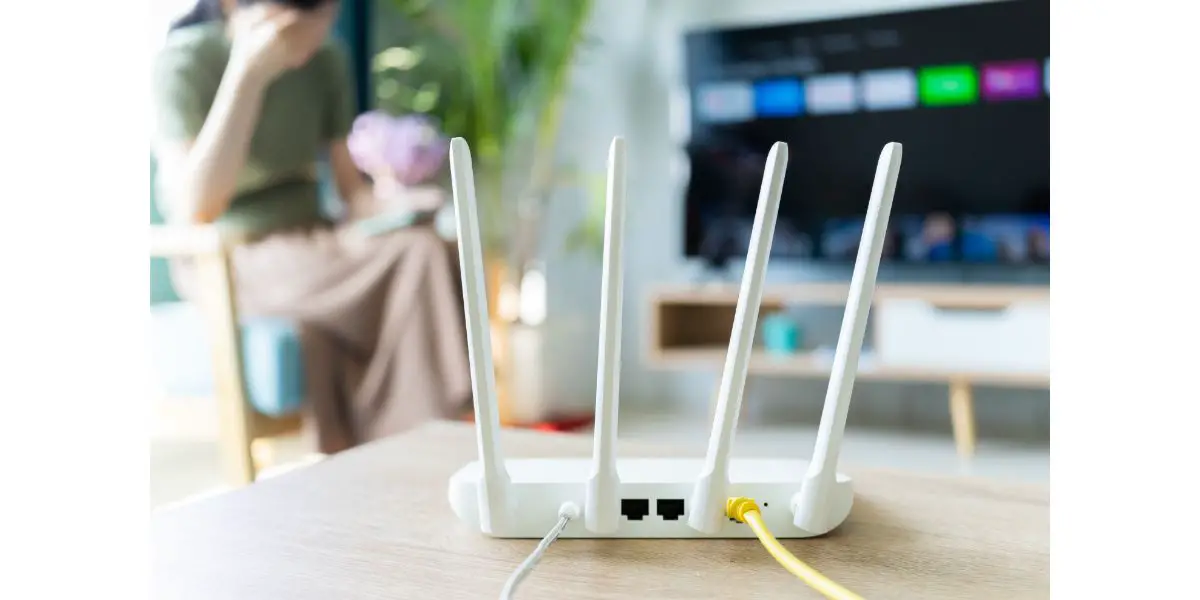Disclaimer: This post may contain affiliate links, meaning we get a small commission if you make a purchase through our links, at no cost to you. For more information, please visit our Disclaimer Page.
Many people own Sharp Roku televisions, and it is not uncommon to have issues with a blinking power light. It is frustrating to deal with the issue, but there are solutions.
These televisions sometimes have internal hardware problems that may be causing the issue. However, there are many ways to attempt to solve the problem. Resetting your television can help correct the problem.
Let’s take a moment to go over the steps needed to help solve the issue with your television.
Table of Contents
10 Ways to troubleshoot your Sharp Roku TV
1. Using Your Remote to Reset
After locating your Roku remote, push the home button five times. Then, push the up button once followed by pushing the rewind button two times. Finally, push the fast forward button twice.
After you do these steps, you may notice your TV blinks. After a few minutes, you can try to see if your television is working normally again.
2. Doing a Factory Reset
With this method, you will need to find the reset button on the back of your television. It’s located near the HDMI and audio inputs. Use the end of a small screwdriver, pin or other object to push the reset button. Hold it pushed in for around 20 seconds.
After the 20 seconds has gone by, the TV should restart, and you’ll see a recovery screen pop up. Pick the desired language choice; then follow any instructions that show. Now, check to see if your TV is working as normal once again.
3. Rebooting the TV
In this next step, you will need to unplug your television from its power source. Once it’s unplugged, wait for an hour or more before then pushing the power button without use of the remote. Hold the button for a period of more than 60 seconds. Now let go of the button.
Next, plug the TV back in while pushing the power button again and holding it for another 60 seconds or more. You may now check to see if your TV is functioning correctly again.
4. Checking the Cables
Yet another troubleshooting step is checking the connections on your TV. You’ll want to make sure your television is not turned on while verifying the connections.
If there are any cords you notice that aren’t connected or look damaged, try reconnecting them. If possible, replace damaged cords. Any damage to a cord can cause problems with the TV.
Check to see if your HDMI cables are in good condition and properly working. If your TV has more than one HDMI port, then try using a different port for the cables. It is possible that one port stopped working.
If you have chosen to use inexpensive HDMI cables, it is possible that you need to buy higher quality cables. Inexpensive cables don’t tend to hold up well over time.
The power supply cord on the TV can also go bad. Inspect the power cord for any signs of damage. This is another thing that a professional can replace.
5. Check the Backlight
A broken or cracked backlight can prevent your TV from working. Sometimes, the TV gets jostled around, or even plain age can cause the backlight to stop working. Verifying the backlight is working is something that an electronics professional can handle.
6. Mainboard Issues
Over time, capacitors can go bad in televisions. These are internal electronics that make the TV work the way it should. You may not be able to replace the capacitors on your own, but a technician can verify these parts are working.
7. Internet Connectivity
You’ll want to verify that your internet connection is working and that the TV is connecting. Even if you believe everything is working, resetting your router is always a good idea. This might solve the problem with your television.
After resetting the router, allow a few minutes for a steady connection. After the connection is up and running, you should see if your TV is working. Ongoing problems with your internet connection may require you contact your internet provider.
8. Verify Roku Servers Work
Even large companies can have problems with their technology from time to time. If your TV just started to have this issue, you might want to verify that the Roku servers are operational. A quick Google search can tell you if other people are having issues with their TV connecting to Roku.
9. Verify Other Electronics Aren’t the Issue
Other electronics in proximity to your TV can cause issues with how it functions. If you notice you have electronics positioned close to your TV, try moving them further away. Then, check to see if your TV now works.
If you have nearby devices that are using Bluetooth, they may also cause an interference.
10. Power-Saving Mode
If you are able to boot up the television at all, make sure to check that it’s not in power-saving mode. This can cause problems with the way the TV operates.
Most people with the issue at hand cannot even get their TV to turn on, so this is not a common fix. The power-saving mode resides in the menu options of the TV. Although it’s not a common fix, it is something to be aware of when trying to get your TV working again.
Conclusion
The least intrusive fixes for correcting the problem you’re having with your TV are:
- Checking the internet connection
- Verifying Roku servers are working
- Unplugging nearby electronics
- Checking for nearby Bluetooth connections
- Rebooting or resetting the TV
The other options will take some work on your part or a technician’s part, but the problem usually has a fix. Always start with the easiest possible fixes first. Unplug your television before inspecting electrical components or cords for damage.


